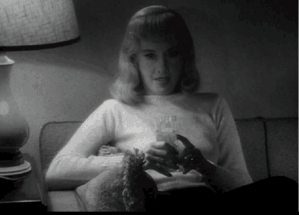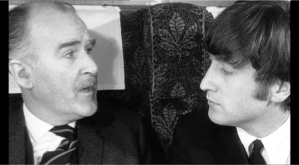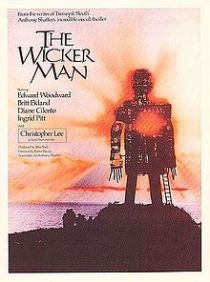Double Indemnity is widely viewed as on of the first proper Film Noir Picture that was ever made. It is based on an insurance salesman named Walter Neff, who is tempted into murdering an innocent man he does not know by money and a woman; neither of which he ends up with. It explores all kinds of issues, such as: fate, willpower and justice – just a few examples. The shot above, of Phyllis (the sort of ‘antagonist’ that tempts our hero and leads him to his doom) challenges the ideas of fate and free will. To fully understand, you’d probably have to see the film and watch the scene, but in this scene Phyllis ends up in Walter’s flat after she had already been knocked back by him; after a while arguing they end up kissing and then…well i’ll leave the rest up to your imagination. But in the still we can see here, all the frolicking has finished and the pair refresh themselves with an alcoholic beverage. The lighting doesn’t fall on phyllis’ face making her seem shady and mysterious.


